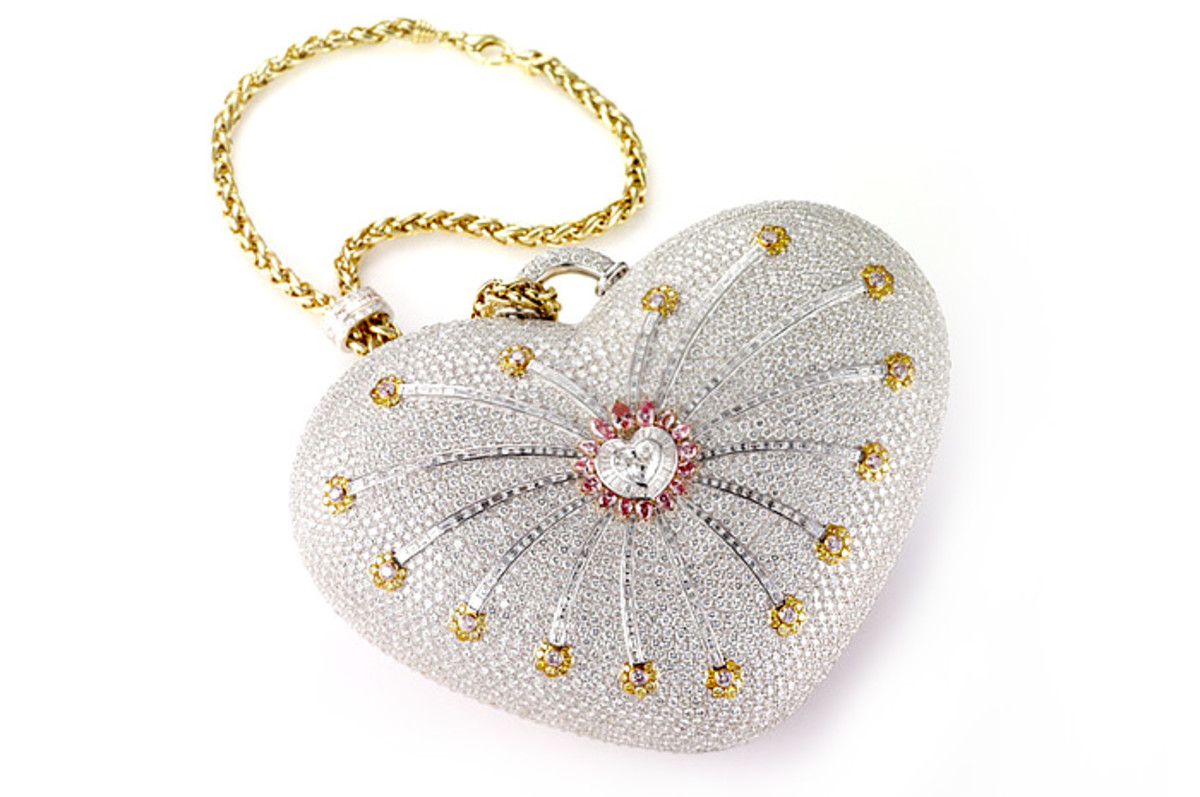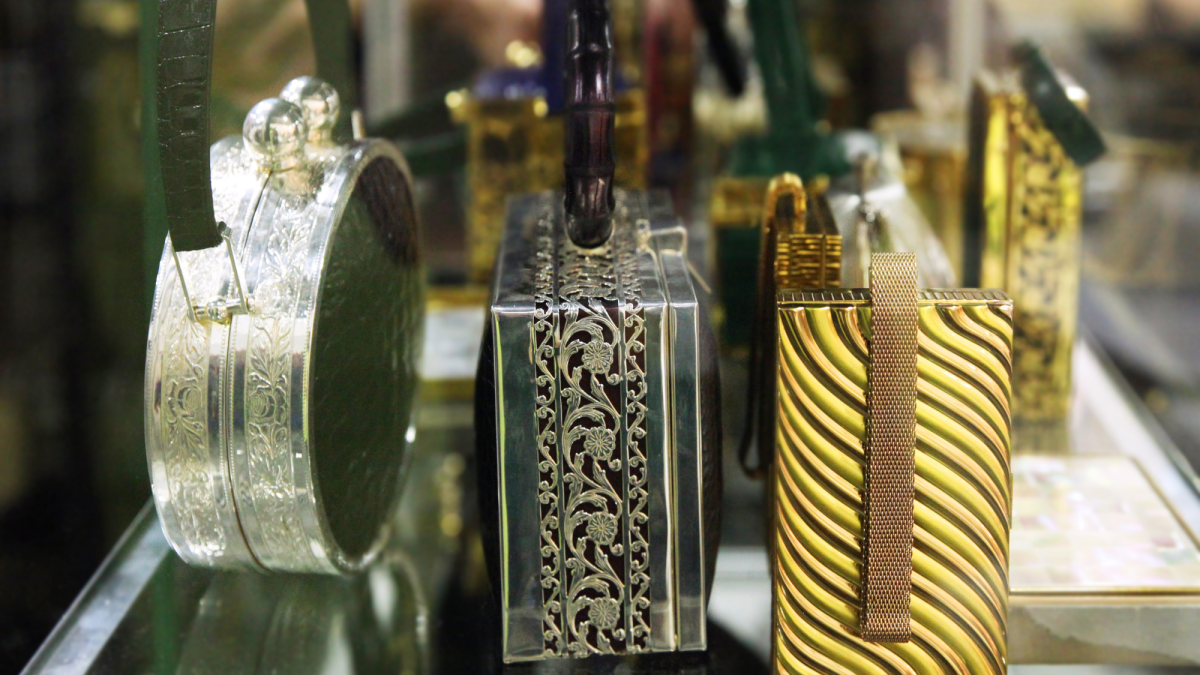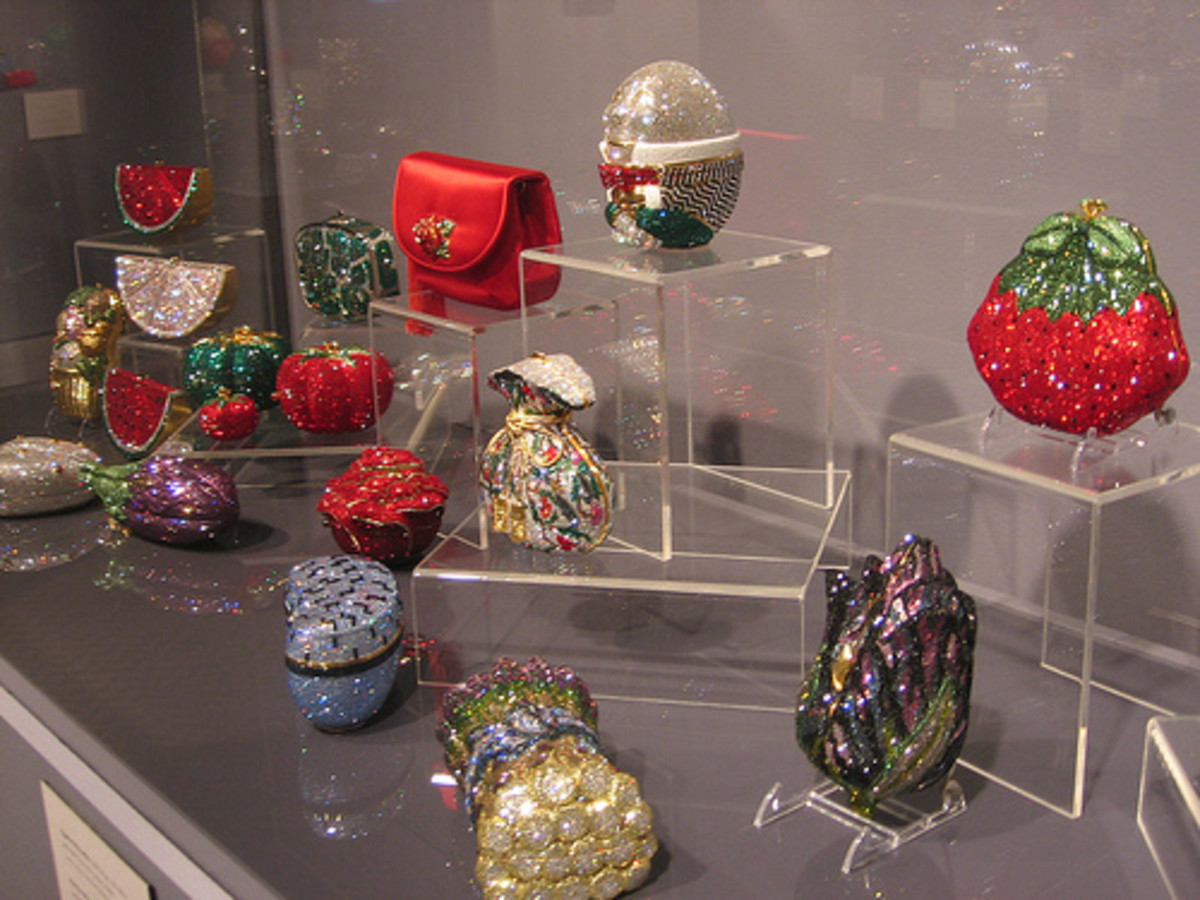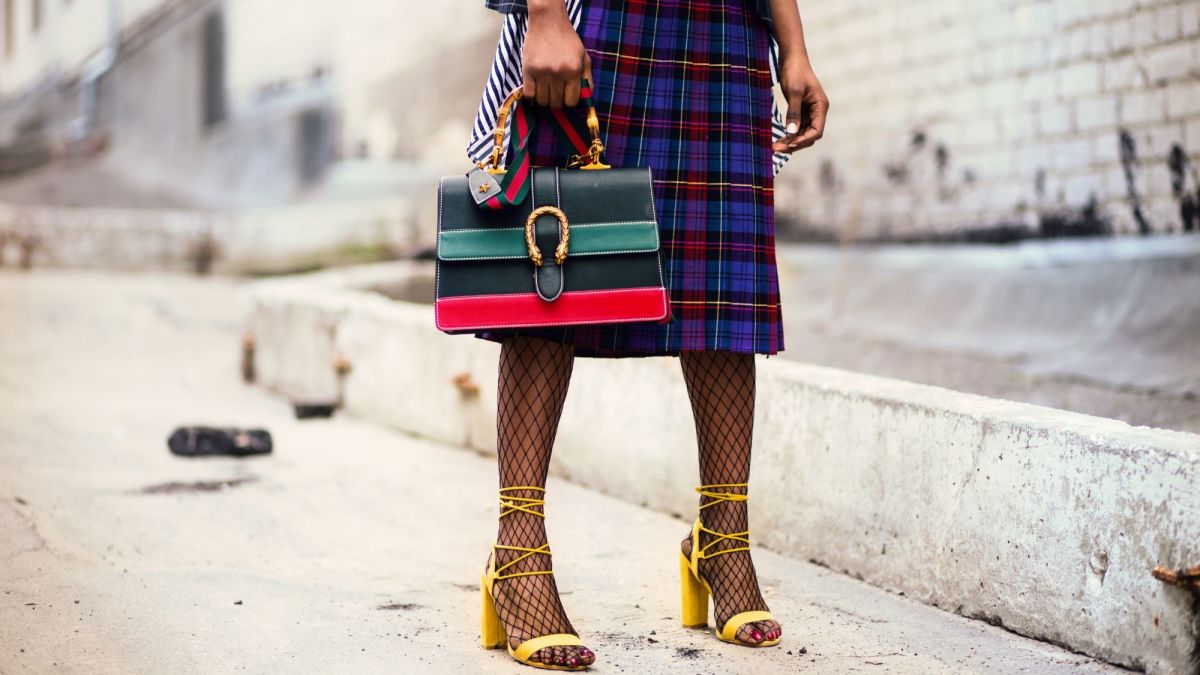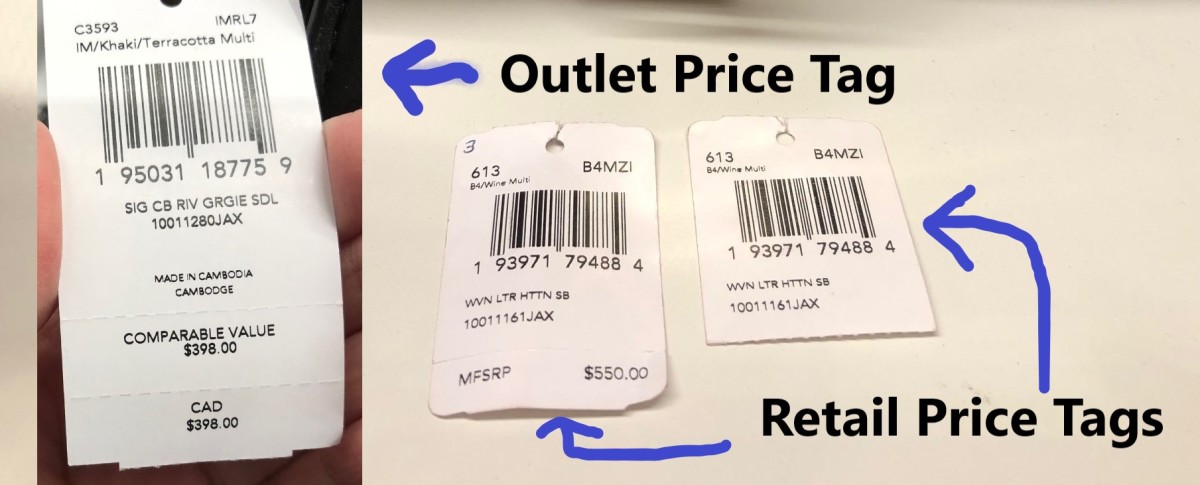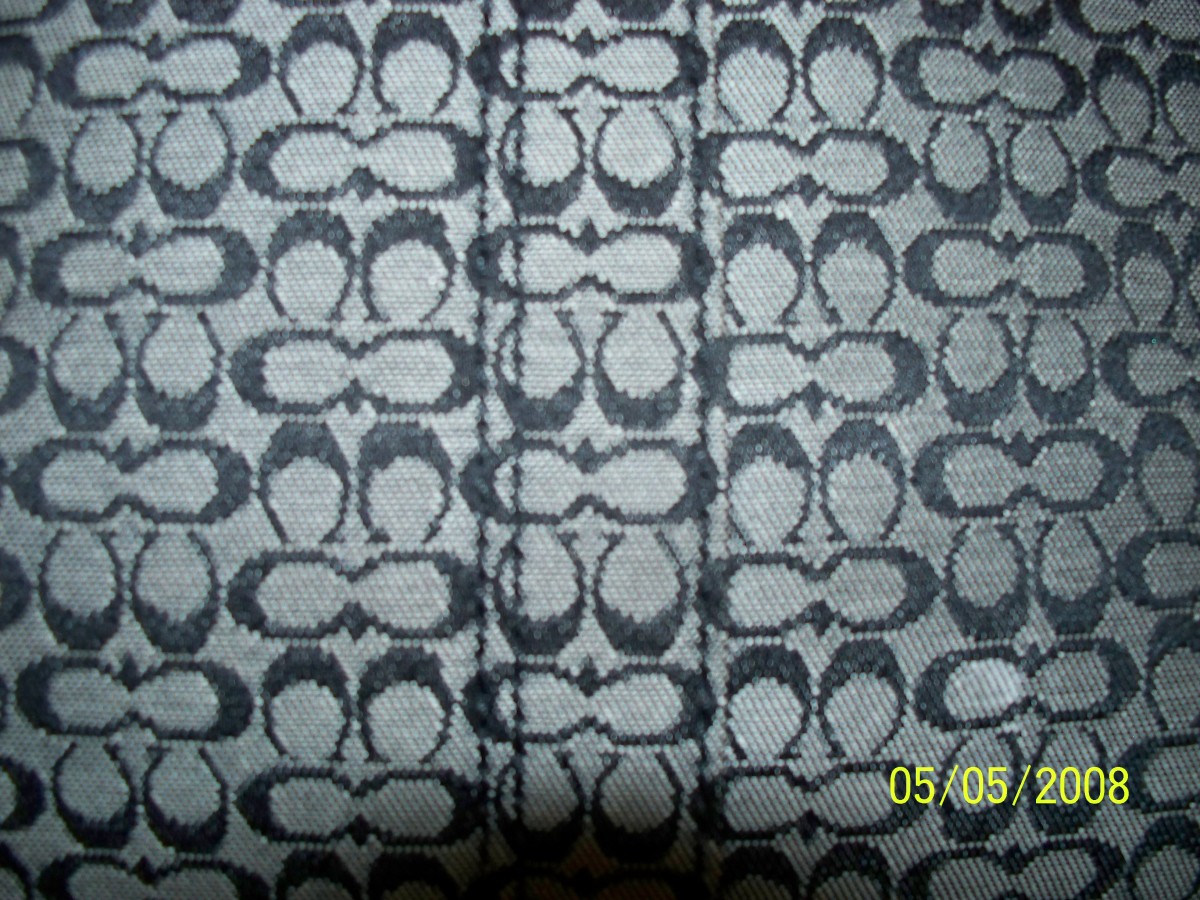The evolution of the handbag: from functional to fashionable
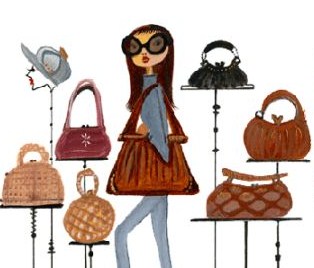
In the eighteenth century the silhouette of women’s clothing changed. The silhouette became slender and close to the body. Women no longer wanted lumpy pockets. Thus, the first women’s bag or reticule evolved. It was often made of luxurious fabrics like silk and velvet and embellished with ribbons and tassels, reticules were dainty, petite, and ladylike. Most women had several bags for different occasions and matched their bags with clothes and events that they attended. Magazines of the day published articles explaining proper use of handbags.
By the end of the eighteenth century cultural changes were in motion. The industrial revolution had occurred and large numbers of women were working in offices and factories. With women working outside the home, their handbag changed from dainty to serious.
Around 1880, luggage makers began to manufacture a sturdy leather bag with a handle for the woman traveler. Much smaller than her luggage; it was designed to be carried in the hand as opposed to dangled or draped from the wrist like a fabric reticule. An unknown fashion designer was inspired by the design and style of these bags soon; women’s handbags were called by the term “handbag”.
The 1920’s saw a revolution in fashion with shorter hemlines and lighter clothing. Women cut their hair short and restrictive corsets were thrown away; the new independent woman was a free spirit, for evening women carried cocktail bags and by day the clutch bag. The clutch bag was tucked neatly under one arm, flattered the body and kept the smooth line of the new streamlined silhouette.
During the 1950’s when men came back from the war and the economy began to pick up, women returned to the home. The tote was ideal for the beach and shopping. In Europe we saw the rise of designer houses including Chanel, Louis Vuitton, and Herms. Coco Chanel showed her first quilted bag in 1955, the bag became a timeless classic.
The 1970’s saw a rise in self-expression and individuality. The ethnic look was predominating. Women wore seen in hot pants, high platform shoes, and wide flare trousers. Handbags or bags had embroidered patchwork designs or suede fringe. Bags wore loose, reminiscence of 1920’s and 1930’s styles.
During the early 1980’s a dramatic rise in the demand for luxury haute-couture and ready-to-wear-clothing produced the power suit for the professional woman; a skirt or trousers with padded-shouldered. Handbags were structured and bold to compliment this new independent woman.
The 1990’s saw the reintroducing of 1960’s and 70’s revival styles from miniskirts and flares to hippy styles, futuristic punk looks, eco fashion, ethnic styles, grunge, school uniforms and sportswear. The latter part of the decade represent the power of branding. Louis Vuitton monogrammed luggage and bags to the inter-twined CC of Chanel.
Today women are working professionals, students, and stay at home moms. The everyday handbag is perfect because it has to be comfortable to carry, fashionable to wear, and sturdy enough to fulfill its duty: carrying essentials such as keys, a wallet, lipstick, and a cell phone. A women's handbag is a fashion statement.

